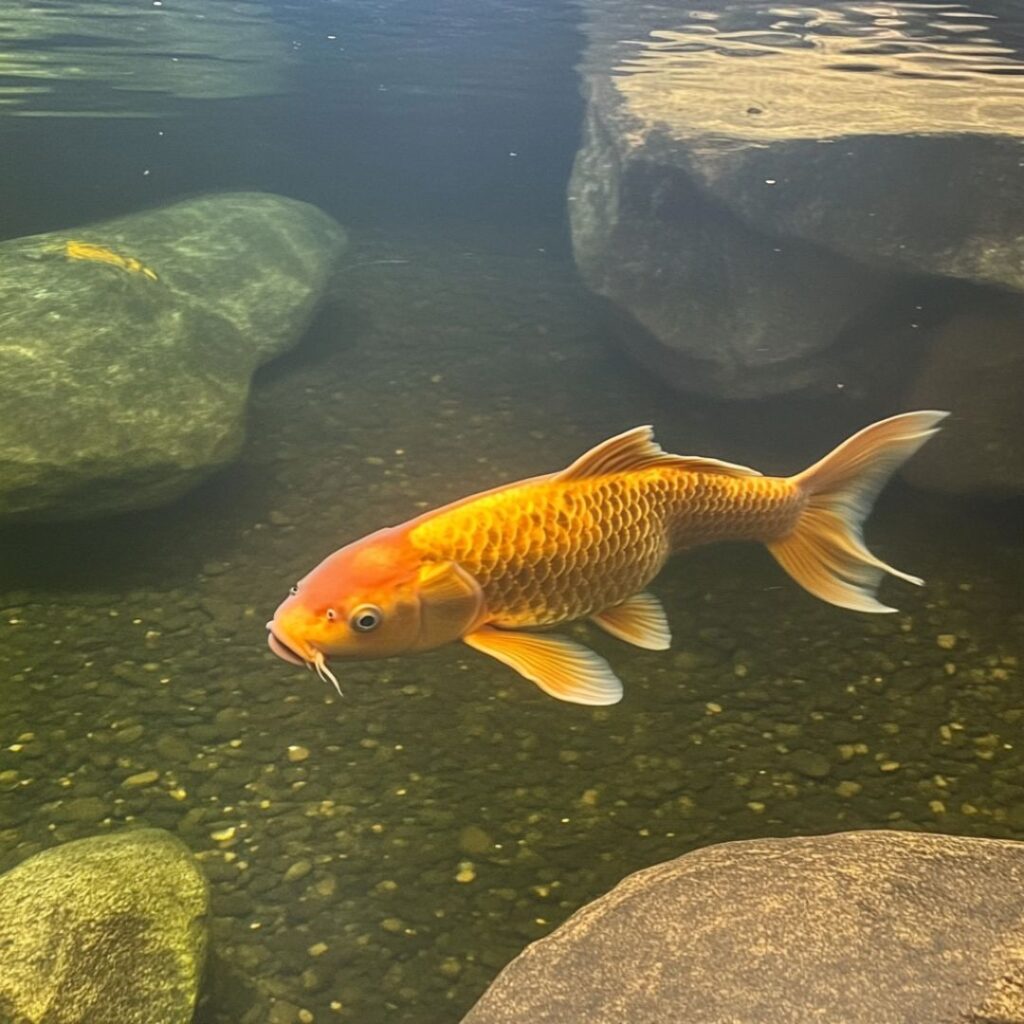
A well-kept koi can live for over 50 years, with the oldest recorded koi reaching an astounding 226 years! These magnificent fish aren’t just pets – they’re a legacy that can be passed down through generations.

Making the right choice at the beginning sets you up for years of joy.

The secret to healthy koi lies in their environment.

In my experience, proper feeding is where most new koi keepers stumble. Here’s what you need to know.

One of the most rewarding aspects of koi keeping is developing relationships with your fish.
Remember: A healthy koi is an active koi. They should be energetic, especially during feeding times.
Final thought: Keeping koi isn’t just a hobby – it’s an art form that combines Japanese aesthetics with the joy of animal care. With proper preparation and maintenance, your koi pond can become a peaceful retreat that brings joy for decades to come.
Pro tip: Take photos of your koi regularly. Not only will you have a beautiful record of their growth and color development, but photos can help identify health issues early by comparing changes over time.
Sign up for our newsletter and receive the next story before it is lunched
Our blog is made with love to give you advice on how to take care of your beloved pets and to help you learn everything about their stories